Effects of γ Irradiation on Microorganisms in Edible Fungi Matrix
HU Die , LIU Hong
1. Hunan Institute of Nuclear Agronomy and Space Breeding, Hunan Academy of Agricultural Sciences, Changsha 410125, PRC;
2. Hunan Engineering Technology Research Center of Agricultural Biological Irradiation, Changsha 410125, PRC;
3. Yueyang Vocational Technical College, Yueyang 414000, PRC
Abstract The microbial quantity and community of edible fungi substrate were studied. The results showed that the total number of colonies and molds in the substrate decreased significantly after γ irradiation. γ irradiation had obvious effects on relative abundance of bacteria OTU at species level. The OTU abundances of Escherichia-Shigella, Uncultured bacterium (Lactococcus), Uncultured organism significantly increased after the irradiation, whereas the remaining bacteria OTU decreased at species level. γ irradiation had no obvious effects on relative abundance of Escherichia-Shigella at genus level and also had no obvious effects on relative abundance of bacteria at gate level, Proteobacteria and Firmicutes were always the dominant flora. Irradiation had little effects on the flora structure of fungi in the substrate. In terms of genus level, Fusatium, unclassified, Candida and Aspergillus were always the dominant flora before and after irradiation. In terms of phylum level, Ascomycota was the dominant flora.
Key words Edible fungi; Substrate; γ irradiation; Microorganisms
1. Introduction
Sterilization is a key process for the production of edible fungi matrix and bags (bottles). As the traditional sterilization method in the field of edible fungi, heat sterilization should be usually carried out under high temperature steam at 100℃ for 8 h under normal pressure[1], which requires long sterilization time and high energy consumption. Even when sterilized for 6 h, 4.5 t of gas are consumed per 10 000 bottles of culture medium, which consumes a lot of fuel and has a large carbon emission[2]. As a kind of non-thermal sterilization technology, irradiation sterilization can be carried out at a normal temperature, without heating requirement, which requires low energy consumption and has small carbon emission[3-4]. The research on the influence of irradiation sterilization technology on the microorganisms in the edible fungi matrix can provide theoretical basis and technical support for the development of new sterilization technology of edible fungus substrate and the reduction of carbon emission from straw substrate utilization.
2. Materials and Methods
2.1. Experimental materials
The edible fungi matrix was made by mixing straw (55%), corn cob (14%), wood chips (15%), bran (10%), lime (2%), gypsum (1%) and soybean meal (3%) with water.
2.2. Experimental method
2.2.1. Detection of the number of microorganisms
After the γ irradiation, the total number of colonies and molds of edible fungi matrix were determined according to GB 4789.2[5]and GB 4789.15[6], respectively.
2.2.2. Detection and analysis of microbial community structure
After γ irradiation, part of edible fungi matrix was stored at -20 ℃, and sent to Jiyuan (Changsha) Biotechnology Co., Ltd. for molecular biological testing. The results were used to make OTU cluster analysis and species taxonomy analysis at a similarity level of 97%.
3. Results and Analysis
3.1. Effects of γ irradiation on the microbial quantity in the matrix
As shown in Table 1, the microbial quantity in the matrix was significantly affected by irradiation sterilization. As the irradiation dose increased from 0 to 10 kGy, the microbial quantity changed very significantly, and the total number of colonies and molds dropped by 3 orders of magnitude; as the irradiation dose increased from 10 kGy to 30 kGy, the microbial quantity continued to decline, but the decline was significantly reduced.
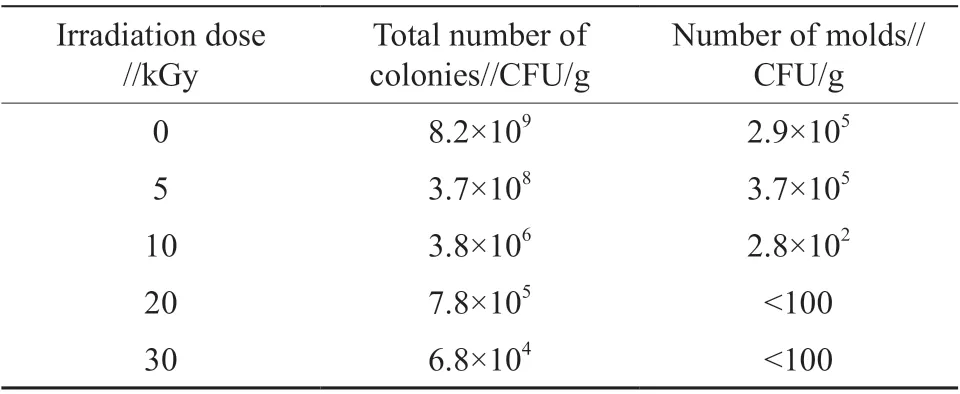
Table 1 Effects of γ irradiation on microbial quantity in the matrix
3.2. Effects of γ irradiation on the abundance and diversity of bacteria in the matrix
After statistics analysis on the different bacterial OTU abundance information in the matrix, all matrix samples produced a total of 4 699 OTUs, where the top 10 OTUs with the highest abundance were Escherichia-Shigella, Uncultured bacterium (Lactococcus), Uncultured organism, Uncultured bacterium (Kurthia), Uncultured bacterium (Enterobacter), Enterobacter cancerogenus, Enterococcus, Halomonas, Unidentified marine bacterioplankton, Uncultured bacterium. As shown in Table 2, three OTU abundances of Escherichia-Shigella, Uncultured bacterium (Lactococcus) and Uncultured organism increased significantly afterirradiation. The OTU abundance of Halomonas showed a certain increase after irradiation treatment, but the increase was obviously lower than that of Escherichia-Shigella, Uncultured bacterium (Lactococcus), Uncultured organism, etc. The OTU abundances of other bacteria decreased after irradiation treatment, but the decrease was significantly lower than Uncultured bacterium (Kurthia) and Enterococcus.

Table 2 Part of high-abundance bacteria OTU
As shown in Fig.1, Enterobacter, Escherichia-Shigella, and Lactococcus are the three genera with a higher proportion in all treatments, where flora ratio of bacteria in the Enterobacter genus decreased in the substrate. Meanwhile, the flora ratio of Escherichia Shigella in the corresponding substrate after irradiation increased significantly, and the increase became more obvious with the increase of radiation dose, which showed that the bacteria of this genus have a good tolerance to irradiation; the effect of irradiation on bacteria of the genus Lactococcus was not very regular. When the irradiation dose was less than 20 kGy, the effect was not obvious. However, when the radiation dose reached 30 kGy, its relative abundance decreased significantly. It can be seen from Fig.2 that irradiation had little effect on the bacterial community at the phylum classification level in the substrate, and the bacteria in the two phyla of Proteobacteria and Firmicutes were always the dominant flora.
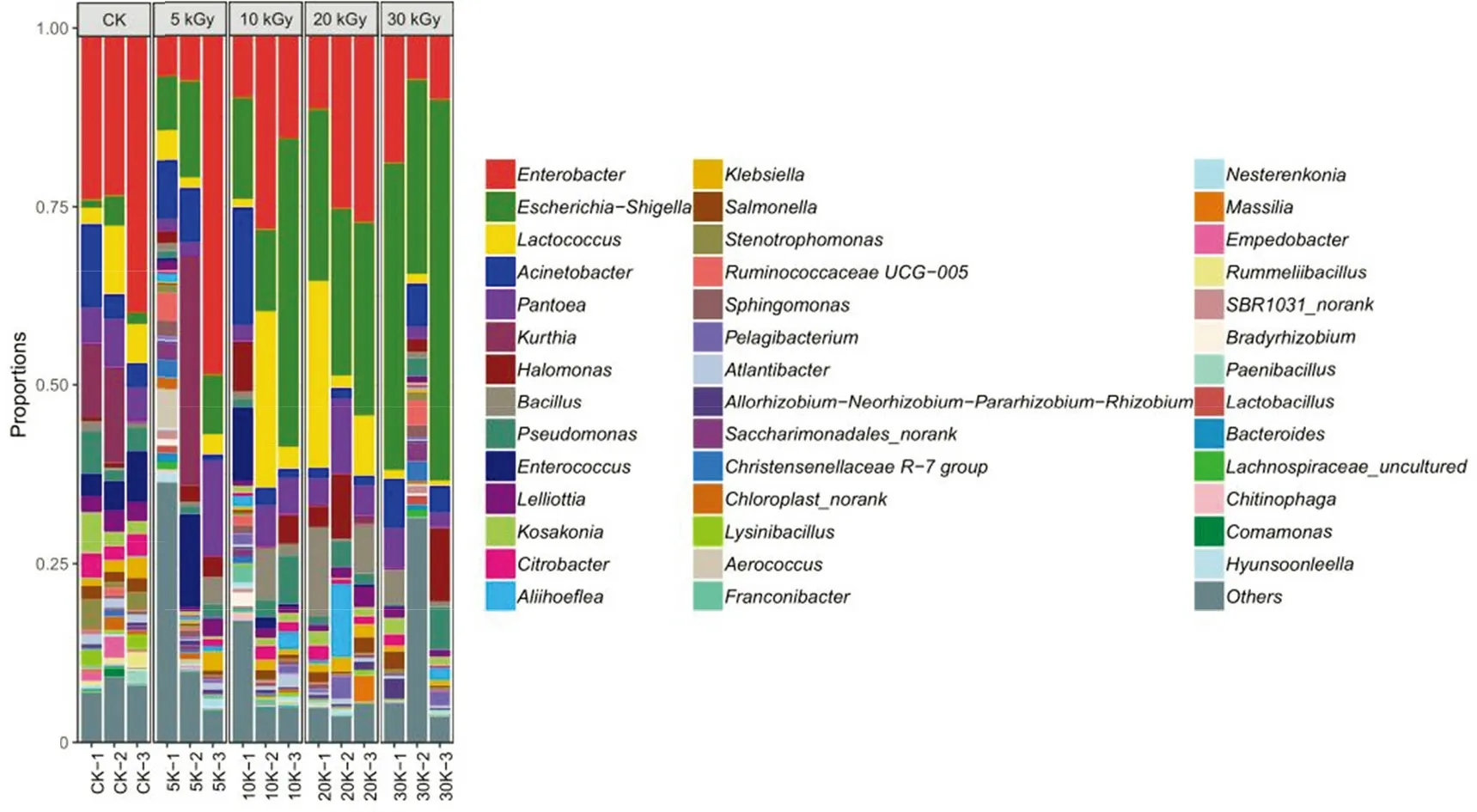
Fig.1 Bacterial communities at the genus classification level in the substrate
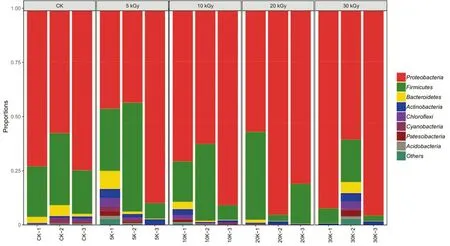
Fig.2 Bacterial communities at the phylum classification level in the substrate
It can be seen from Table 3 that the total number of bacterial species in the matrix began to decrease significantly when the irradiation treatment dose reached 20 kGy, and it had no significant difference from the control when the irradiation treatment dose reached 5 kGy and 10 kGy. After the diversity of bacterial communities were characterized using Shannon and Simpson analysis methods, respectively, the diversity of Shannon representation did not change significantly among various treatments, which was in conflict with Chao representation results. The variation of community diversity among various treatments of Simpson characterization corresponded to Chao, namely, the diversity of bacterial community in the matrix after irradiation significantly reduced, and the community diversity decreased significantly with the increase of irradiation dose.
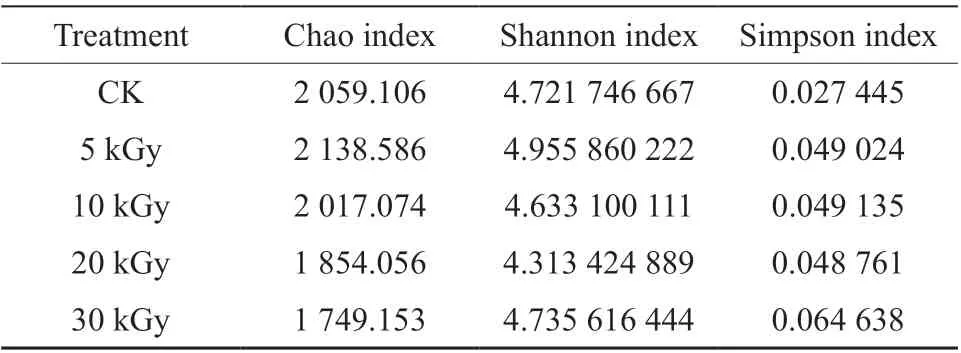
Table 3 Index of bacterial diversity in the matrix after irradiation treatment
3.3. Effects of γ irradiation on the abundance and diversity of fungi in the matrix
After the statistics analysis of the different fungi OTU abundance information in the matrix, a total of 754 OTUs were generated, and less than the OTU number of bacteria, where the top 10 OTUs with the highest abundance were Fusarium sp, Unclassified, Candida albicans, Phialophora sp. Sib2-1-6, Plectosphaerella cucumerina, Chaetomium sp., Fusarium sp-2., Penicillium citrinum, Mortierella stylospora, Aspergillus sp. (Table 4).
As can be seen from Fig.3, Fusatium, Unclass- ified, Candida, and Aspergillus were the four genera with a high proportion in all treatments. In the irradiated matrix of these four genera of fungus, flora ratio did not change significantly. However, in a material treated by irradiation of 10 kGy and 30 kGy, the phenomenon of extinction of Fusatium was found, and the corresponding reason needed to be further confirmed. It can be seen from Fig.4 that irradiation treatment had little influence on the fungal community at the phylum classification level, and Ascomycota was always the dominant fungus in the community.
It can be seen from Table 5 that the number of fungal species in the matrix was significantly less than that of bacteria, and the sensitivity of fungi to γ irradiation was also significantly higher than that of bacteria. The Chao index had dropped from 197.323 7 to 126.093 6 at the 10 kGy dose, and the total number of fungus community did not change significantly within the dose range from 10 kGy to 20 kGy. The fungal community diversity was characterized using two analysis methods of Shannon and Simpson, respectively, and no significant change of fungal diversity could be found among treatments.

Table 4 Part of high-abundance fungi OTU
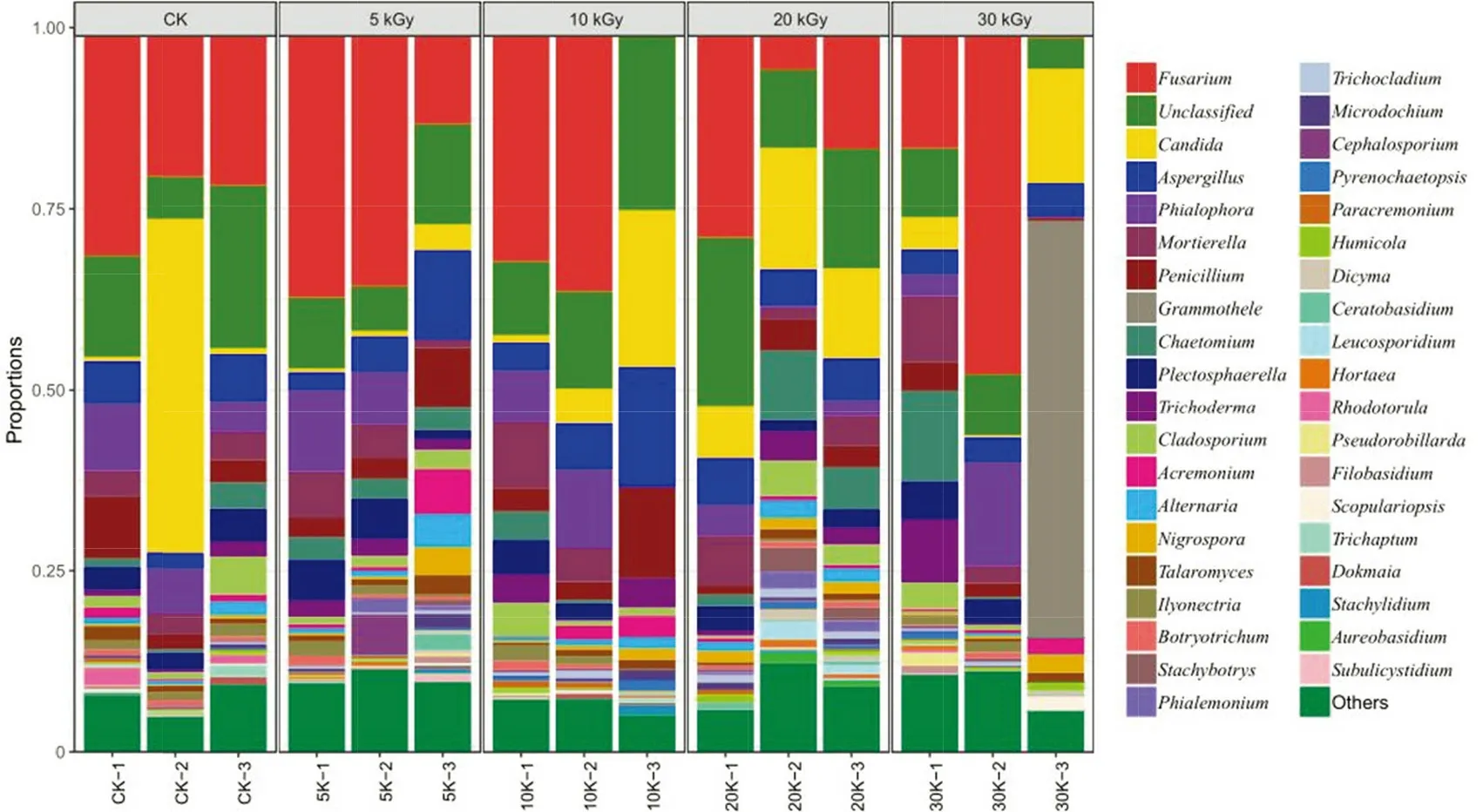
Fig.3 Fungal communities at the genus classification level in the matrix
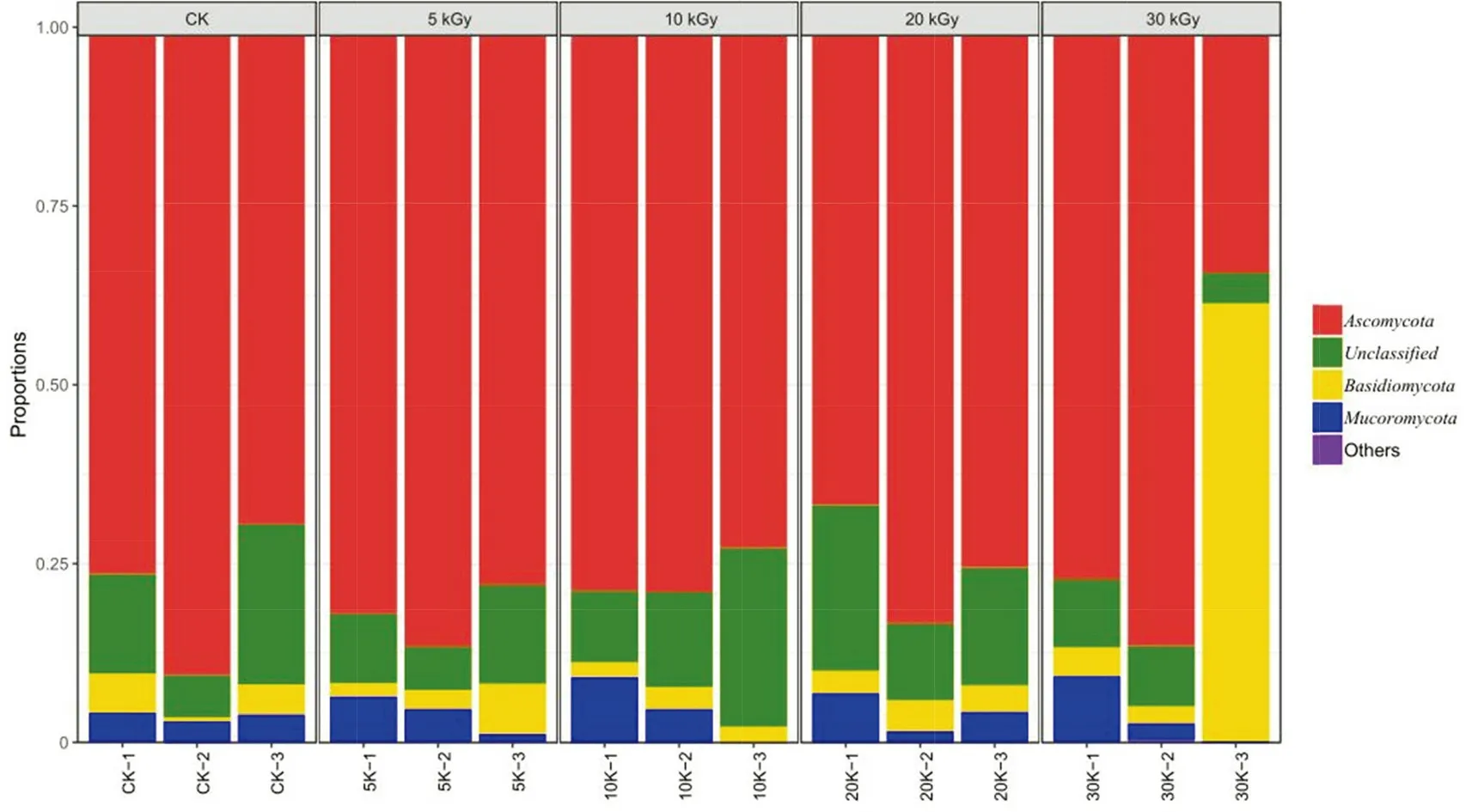
Fig.4 Fungal communities at the phylum classification level in the matrix
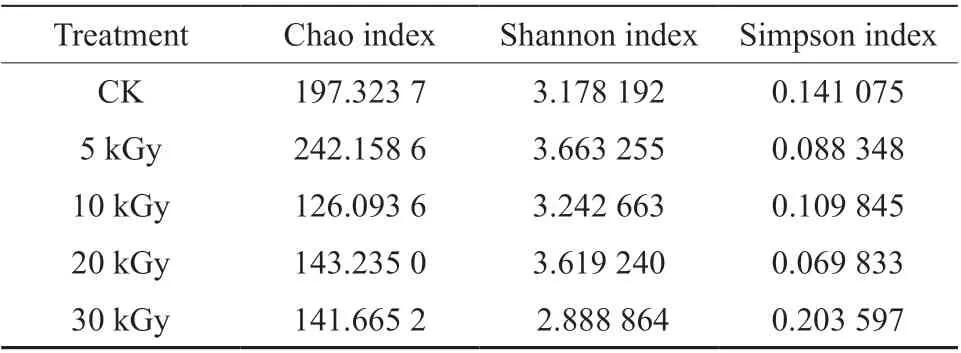
Table 5 Index of fungal diversity in the matrix after irradiation treatment
4. Conclusion and Discussion
The total number of colonies and molds in the substrate decreased significantly after γ irradiation. Irradiation had obvious effects on the relative abundance of the species classification level OTU and genus classification level OTU of bacteria in the matrix. γ irradiation had obvious effects on relative abundance of bacteria OTU at species level. The OTU abundances of Escherichia-Shigella, Uncultured bacterium (Lactococcus), Uncultured organism significantly increased after the irradiation, whereas the remaining bacteria OTU decreased at species level. γ irradiation had no obvious effects on relative abundance of Escherichia-Shigella at genus level and also had no obvious effects on relative abundance of bacteria at phylum classification level, Proteobacteria and Firmicutes were always the dominant flora. Irradiation had little effects on the flora structure of fungi in the substrate. In terms of genus level, Fusatium, Unclassified, Candida and Aspergillus were always the dominant flora before and after irradiation. In terms of phylum level, Ascomycota is the dominant flora.
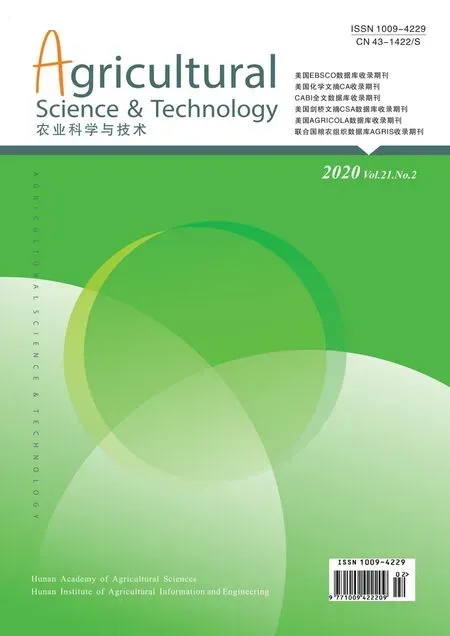 Agricultural Science & Technology2020年2期
Agricultural Science & Technology2020年2期
- Agricultural Science & Technology的其它文章
- Effects of Nitrogen Fertilizer on Grain Quality of Different Cultivars of Japonica Rice
- Analysis on Some Agronomic Characters and Pedigree in Hezihao Series Peanut Varieties
- A Study on Planting Adaptability of Various Soybean Varieties in Hengyang
- Analysis of Rhizosphere Microbial Community Structure in Different Pathogenesis Stages of Watermelon Fusarium Wilt
- Study on Extraction Method of Carotenoids from Citrus Leaves
- Investigation of Salt Stress Response Mechanisms Using Mirna Sequencing of Salt Tolerant and Salt Sensitive Jute Genotypes
